We are from
Greece, Lithuania, Italy, Poland, and Slovakia 
Slovakia
Primary School, Dargovských hrdinov Street, Humenné
Our town Humenné and our school
Humenné is a town in the Prešov Region in eastern Slovakia and the second largest town of the historic Zemplín region. It lies at the volcanic Vihorlat mountains and at the confluence of the Laborec and Cirocha Rivers. Its life is rich in cultural and sports events. The town is a starting point for tourism, because there are numerous opportunities in the picturesque countryside of the East Carpathians.
The most attractive places are the Vihorlat Mountains boasting of their Morské oko lake, and the Poloniny at the border of Slovakia, Poland, and Ukraine. The surroundings of Humenné, with their romantic ruins of medieval castles and an open-air museum of architecture situated in the town park, are a source of knowledge and relaxation.
Pupils in our class
We are the pupils from the 2nd class in the small town Humenné in Slovak Republic. There are 12 pupils in our class 5 girls and 7 boys. Our names: Hanka K., Hanka H., Barborka, Simonka, Emka, Dávid, Filip, Janík, Jakub, Tobiáš, Samko and Artur. Our teacher is Ivana Čepová.
Our blog: http://spoluziaci12.blogspot.sk/
Primary School, Pugačevova Street, Humenné, SVK
We are in the second class. Our teacher is Irena Topoľančinová.
2. A
Primary school, Dargovských hrdinov Street, Humenné, Slovakia
1.A
We are pupils of 1.A class from Slovakia. Our teacher is Ingrid Závodská.
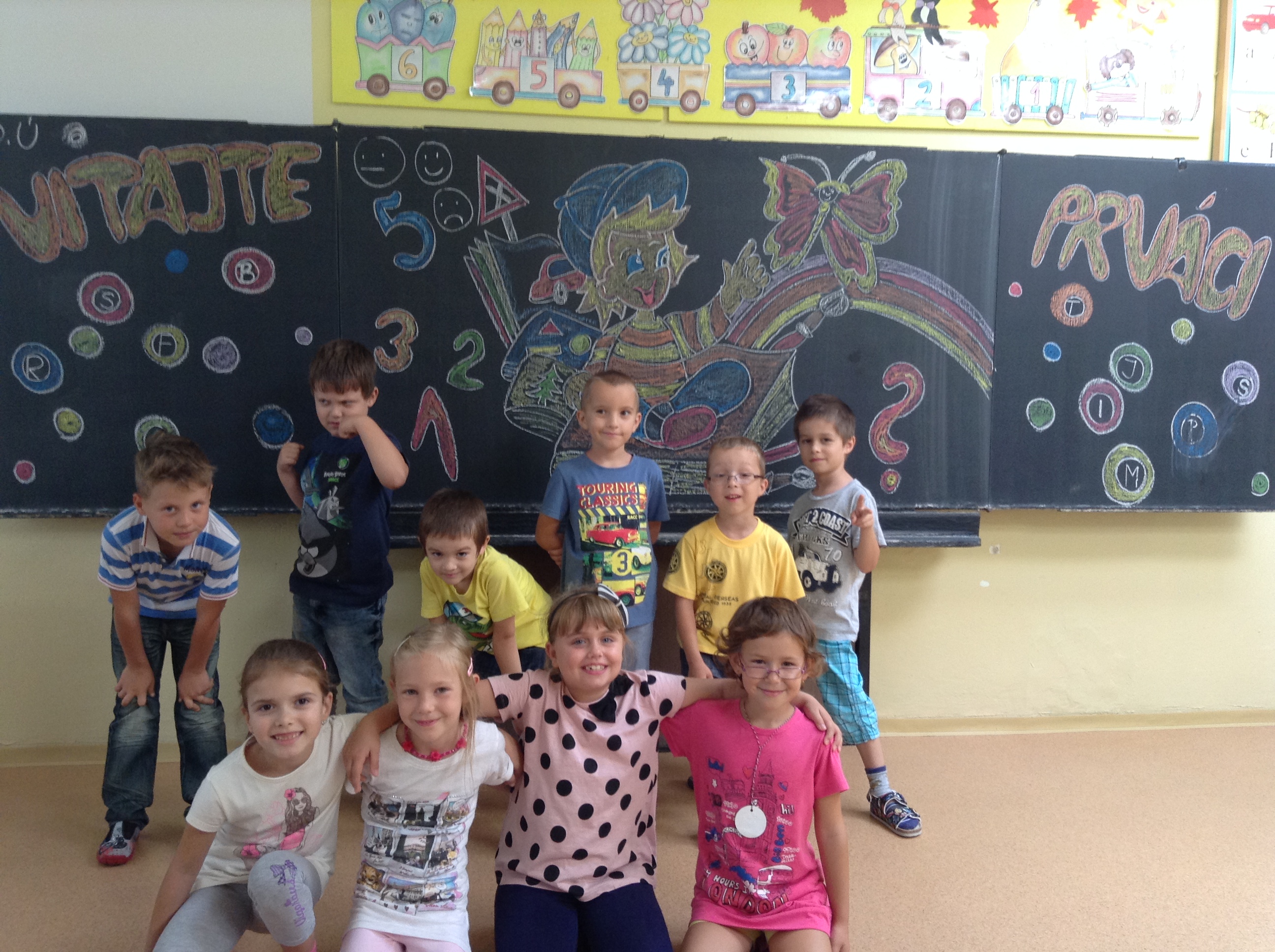
Greece
Our town Nea Moudania and our school
Nea Moudania is a seaside town in Northern Greece, in a very popular with tourists area called Chalkidiki. The town is located 60 km south of Thessaloniki. It was built after 1922 by Greek refugees from Anatolia, who wanted to give the settlement the name of their hometown (Mudanya, Turkey), hence the addition of the word nea , which means new in Greek. The town has an intense tourist and financial activity. The visitor of Nea Moudania can admire the magnificent sea. The depth of the waters is ideal for the young visitors, as well as for those who are not very good swimmers. At the beach of Nea Moudania one can enjoy some coffee, fresh fish and also some ouzo snacks that are being served at the fish-taverns.During the summer a cinema operates in the town. Visitors can spend some unforgettable moments at the various bars and clubs. At the highest point of the town, the so-called "the hill of Panagia (Virgin Mary) Koryfini" a small basillica church is built in an enchanting environment.
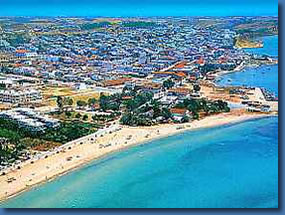
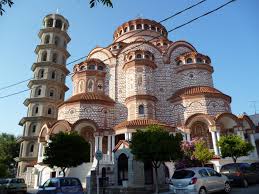
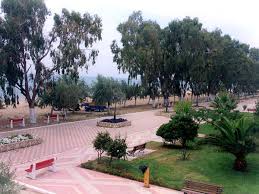
Our school
Our school is the 4th Primary school of Nea Moudania and it has about 160 pupils. It is a new school built in 2006. It has 8 classrooms, a computer lab, a teachers' office, the headmaster's office, a canteen and some storage spaces. It is a fairly nice building although it has a rather small playground with a basketball court and a volleyball court.
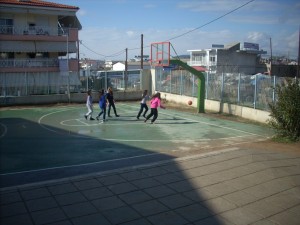
Our site is http://4dim-n-moudan.chal.sch.gr/
Italy
OUR TOWN
GENAZZANO is………… history, art, culture and nature
Genazzano is a small medieval town and it is located about 45 km from Rome (Italy)
There are around 6000 inhabitants.
All the churches and other important buildings are aligned along the street which crosses the whole town from the Gate (called Porta Romana) to Colonna Castle (Known as Palazzo Colonna ).Genazzano is a place of good wine and excellent food
It is also known as “Città dell’infiorata” (a flower carpet city). On the first Sunday of July the roads, hamlets and squares are covered with a multi-coloured carpet. The embellished carpet assumes its colourful appearance with sacred themes.
The 2012 edition of Infiorata has won the world record for "The largest flower petal carpet" certified by Guinness World Records in London (1,642.57 sq.m.).
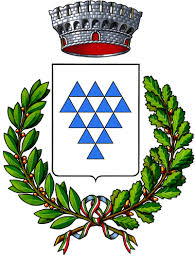
OUR SCHOOL
It is a Comprehensive School (it is made up of: infant school, primary/elementary school and Lower Secondary school/Scuola media). There are more than 500 pupils in the whole school.
In the “Scuola media” (for pupils aged 11-14) there are around 160 students.
For more information visit our website
http://www.comprensivo-genazzano.it/
-
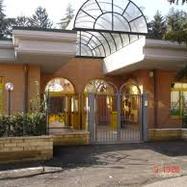
-
We are two classes from Italy
-
Our teacher is Anastasia Spagnuolo
-
-
CLASS 2 B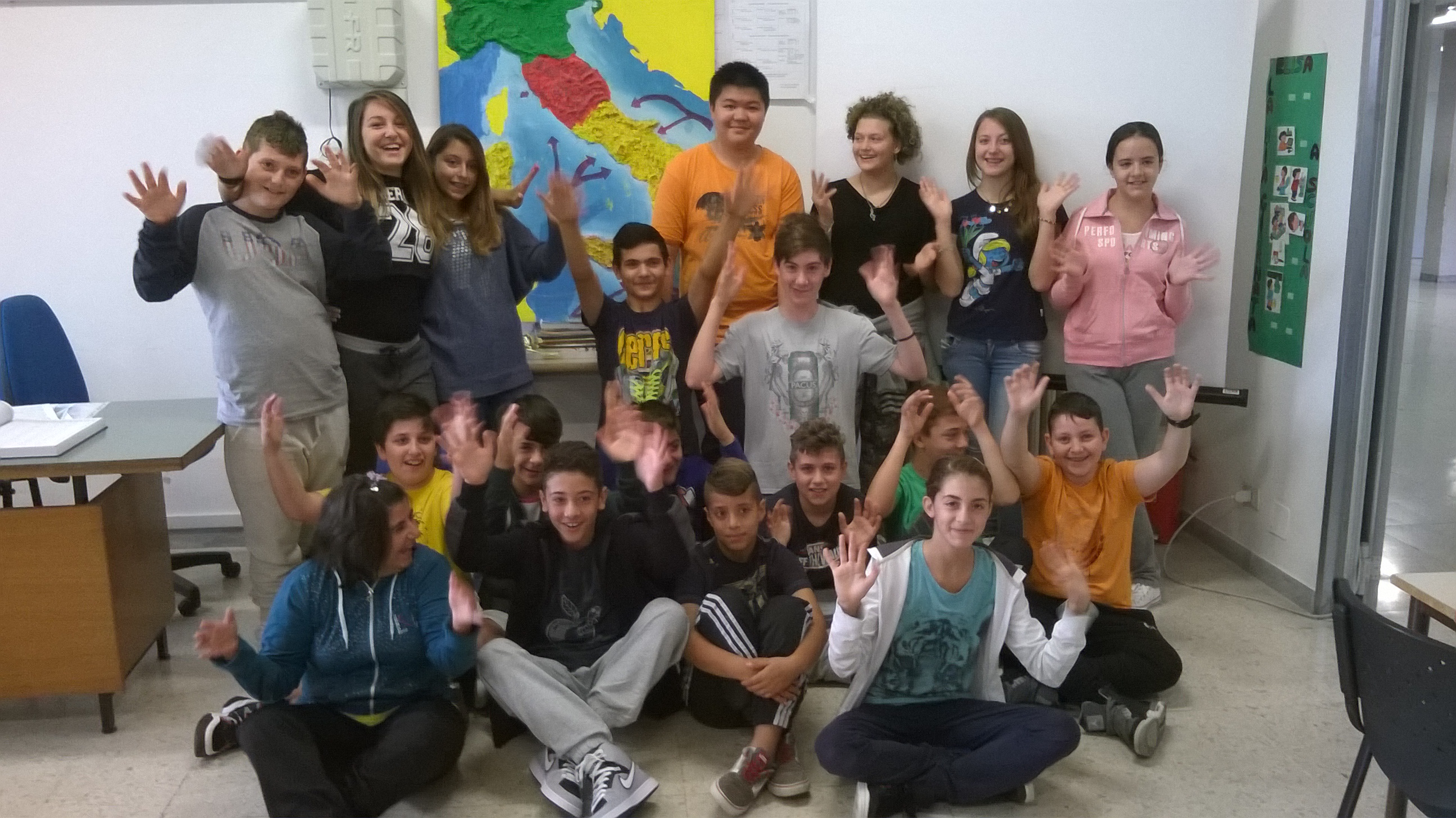
CLASS 2 A
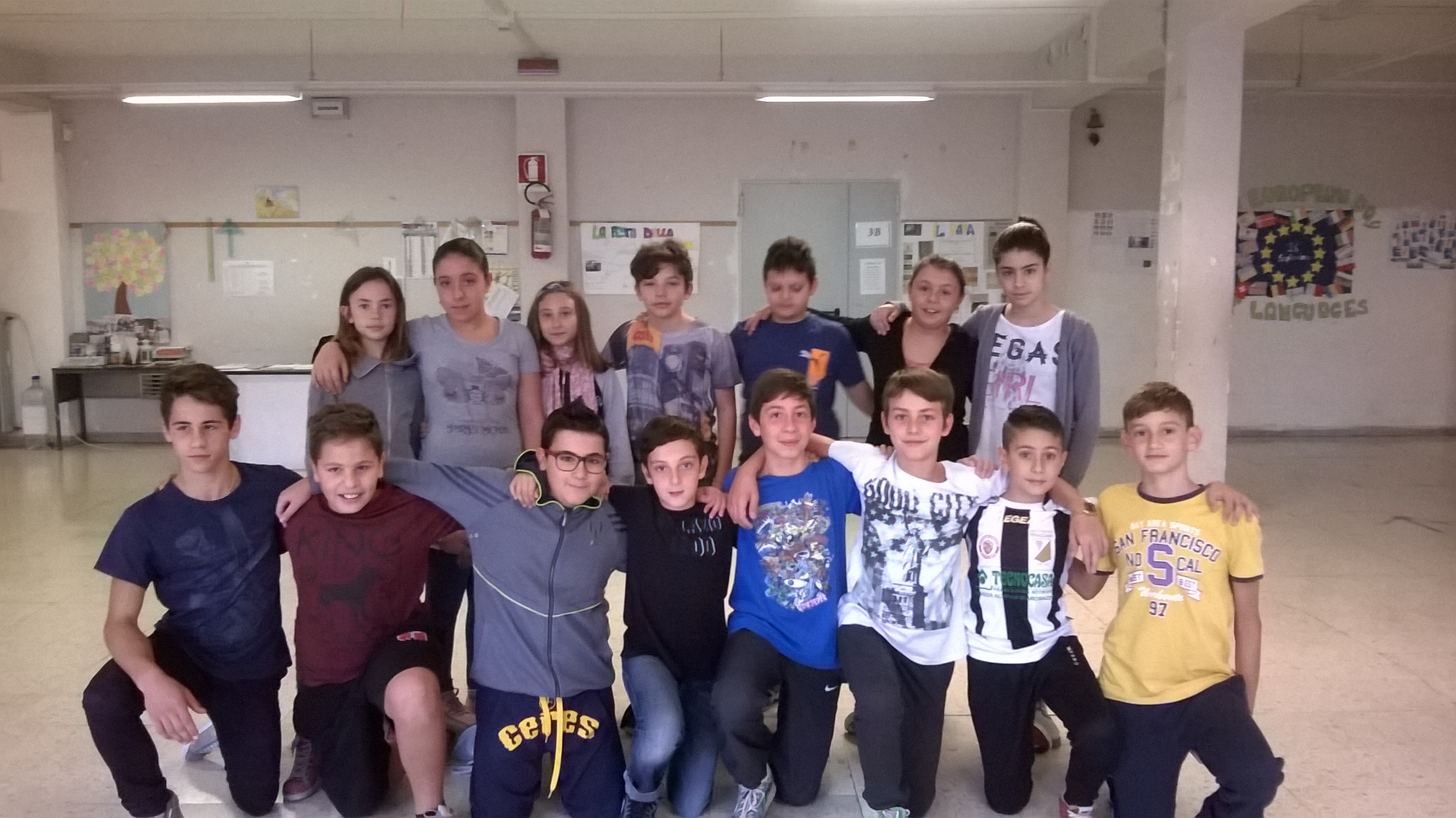
Lithuania
Our town Kelme. Kelmė land is a small area in the western part of Lithuania, in the middle of Samogitia. The great road goes from St. Petersburg–Tallinn–Riga–Šiauliai–Kelmė–Tauragė–Tilžė–Karaliaučius (Kaliningradas) to Poland and Germany. The town was founded on the left bank of the Kražantė River. About 9000 people live here at the moment. Local dwellers relate the Kelmė name to “Kelmynės” (the stubby place), because in the old days impenetrable forests murmured here. Later on, these forests were cut down by Samogitians, who settled down in the shelter of picturesque rivulets. In written historical documents, Kelmė was mentioned in 1416 for the first time.
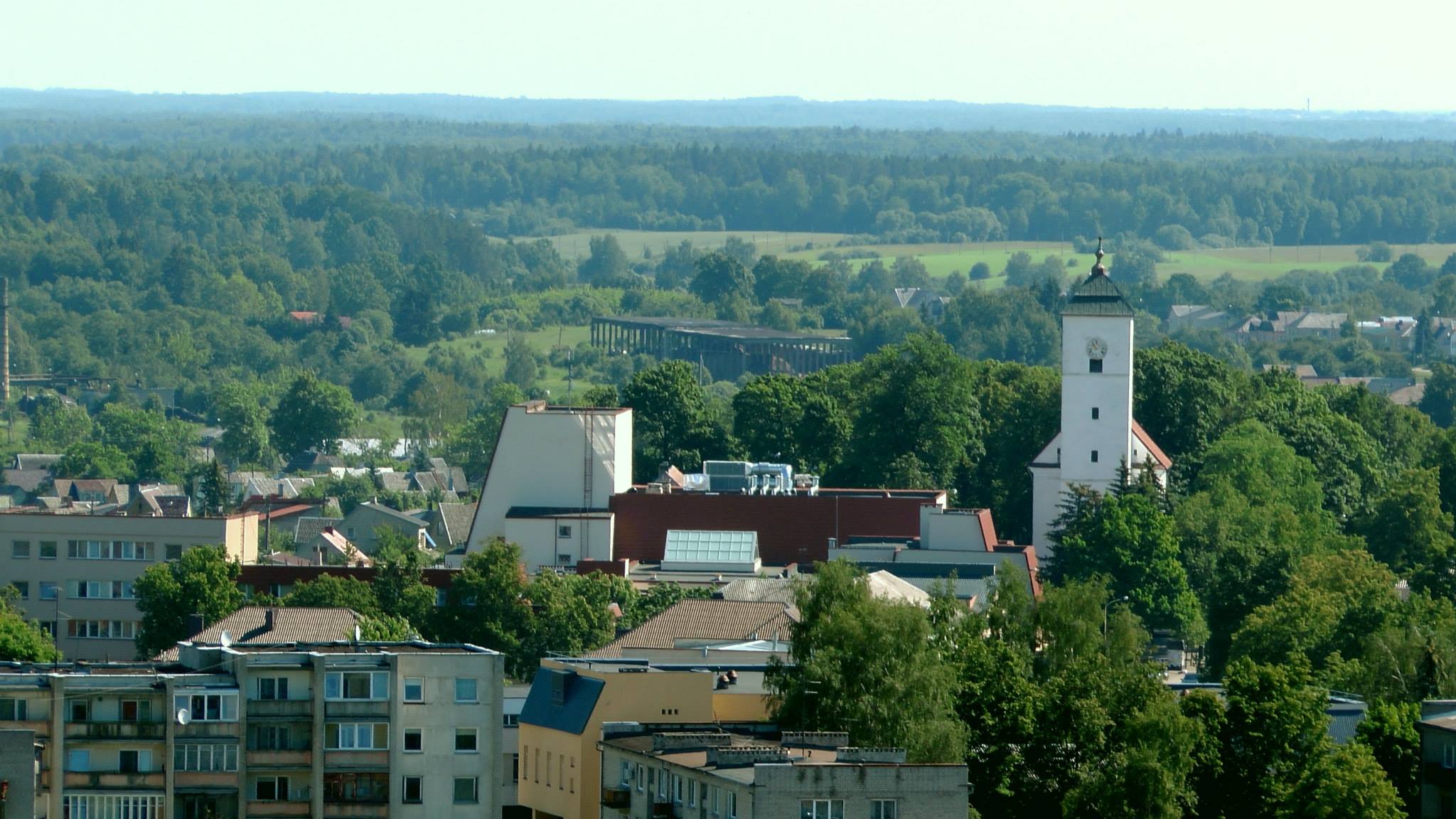
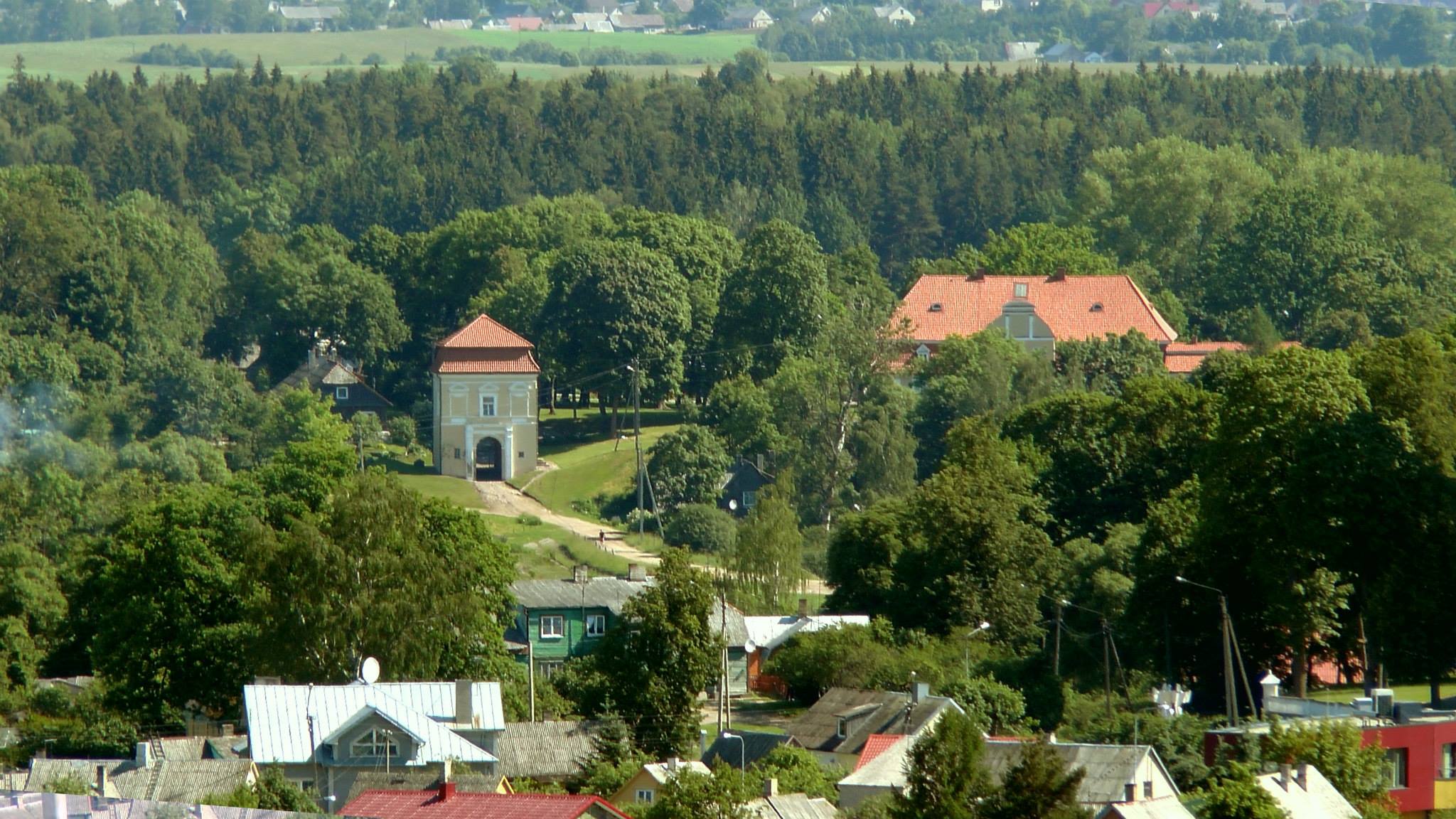
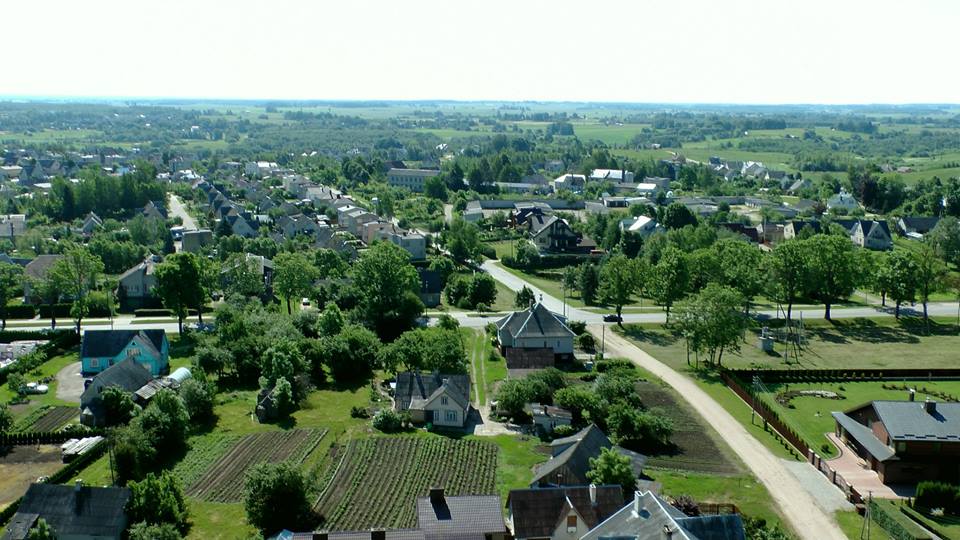
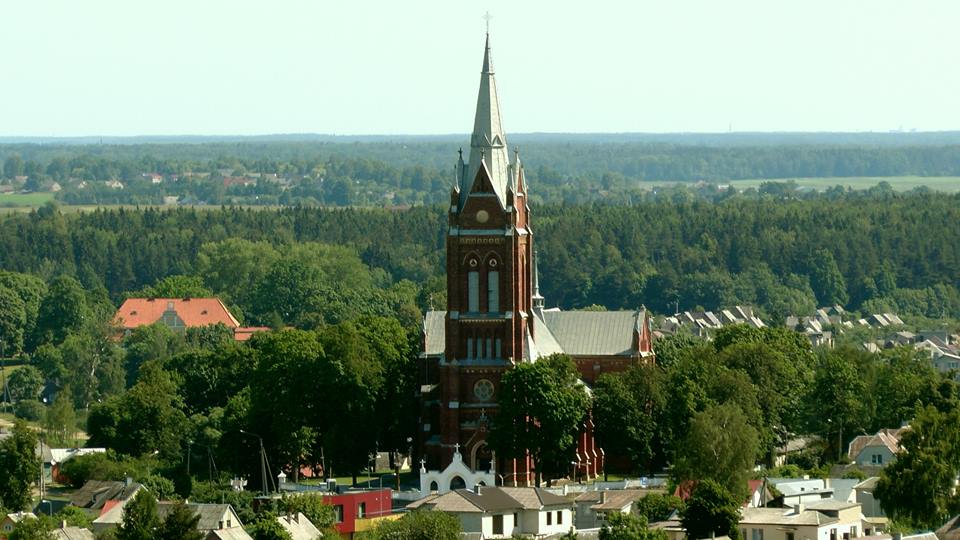
About my schooll
Kelme „Aukuras“ basic school performs basic education and primary education programs. There are 38 teachers and about 394 pupils. I work with 7 – 10 years old children.
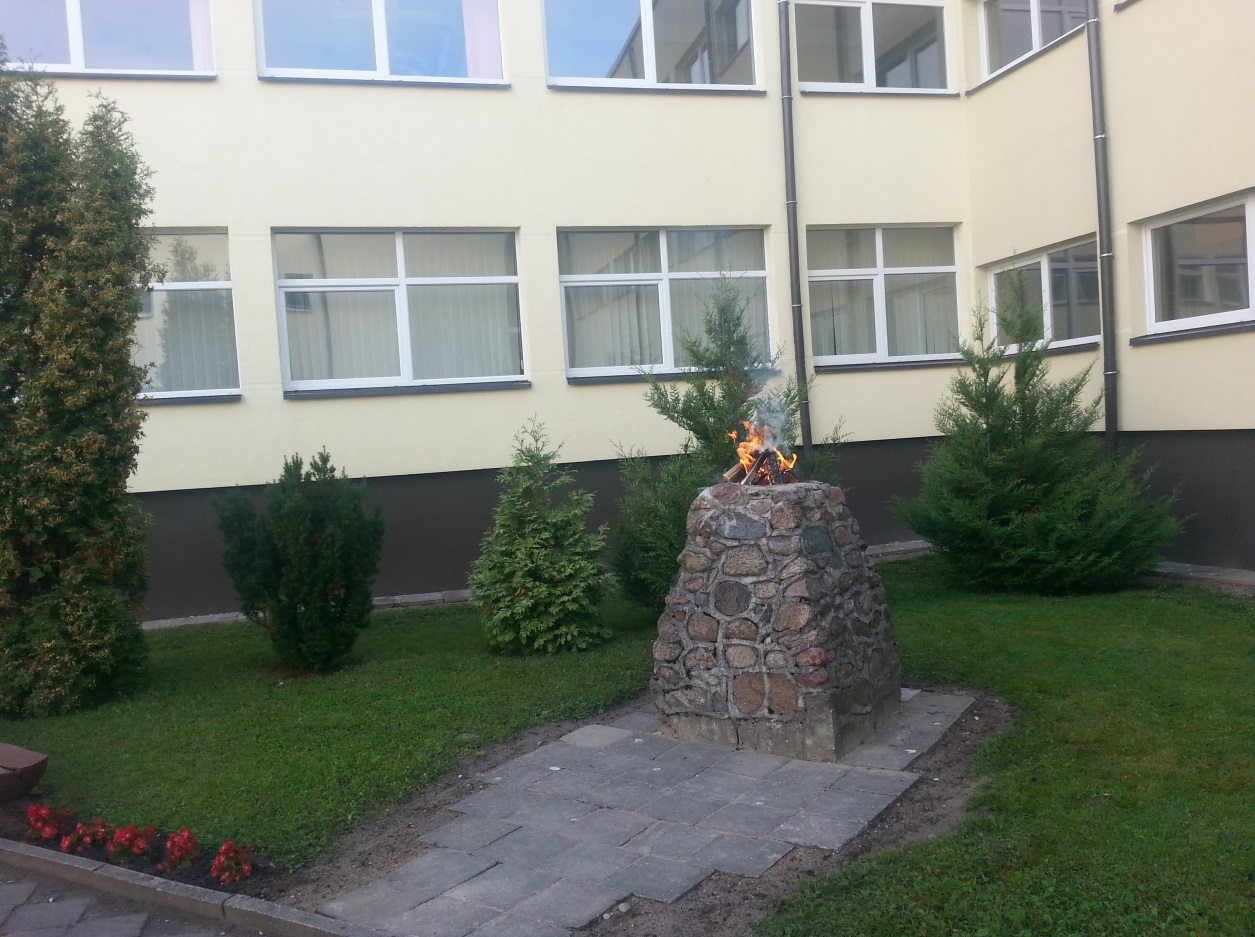
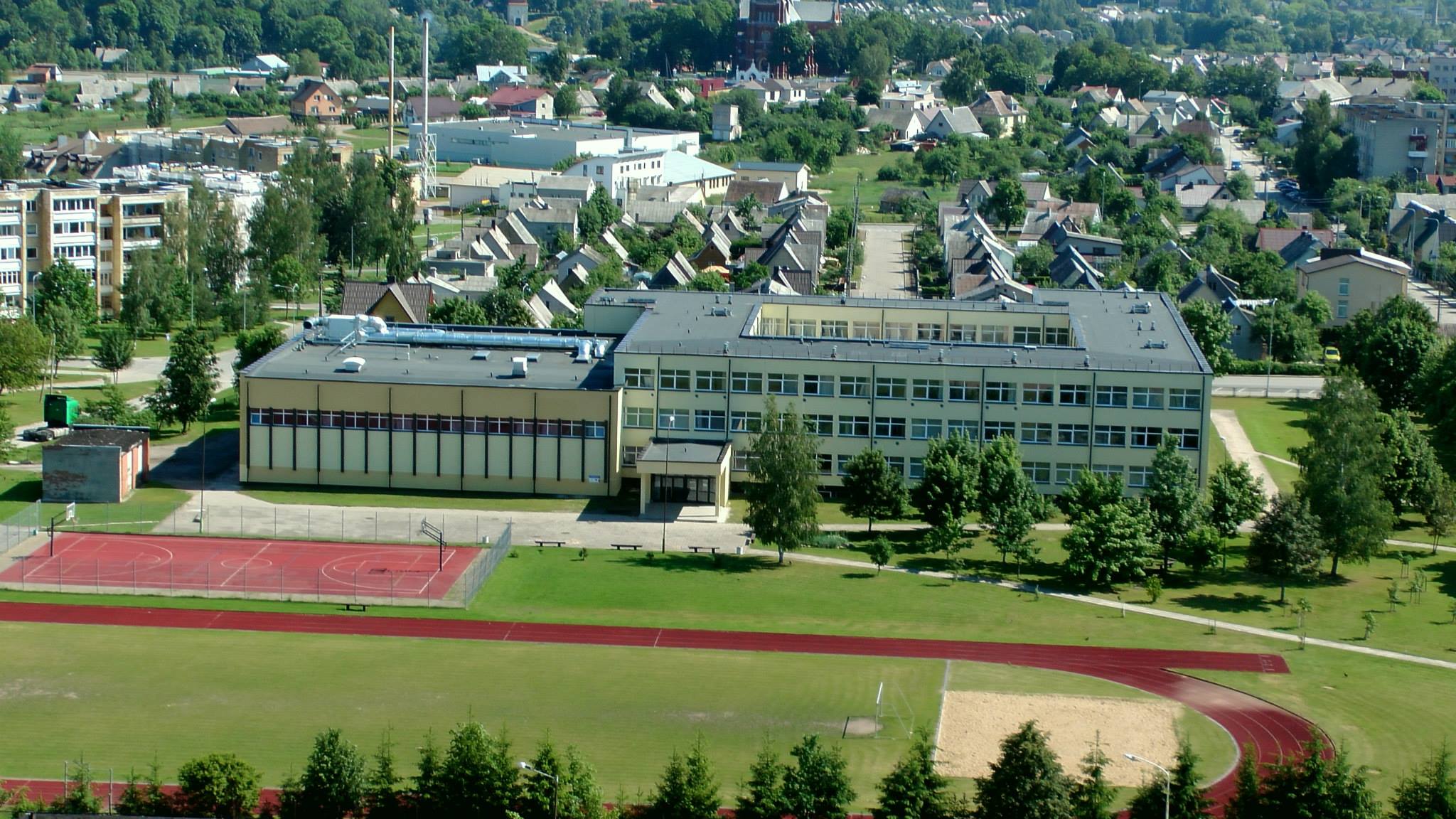
3a class, teacher Jurate Laurutiene
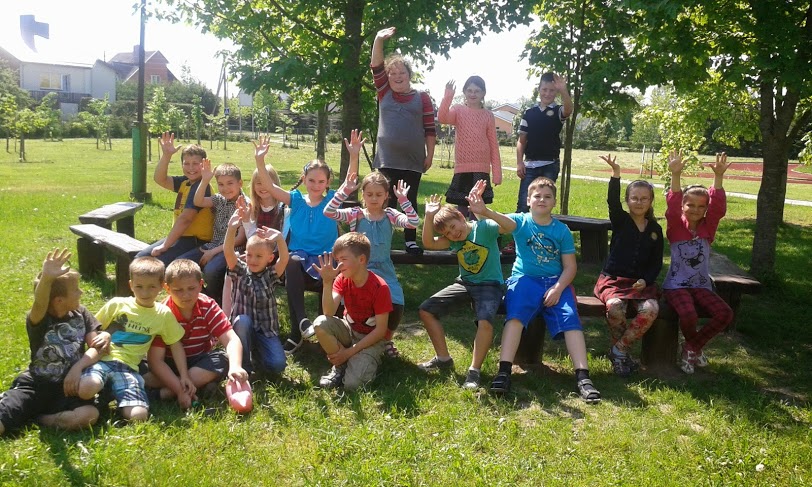
Poland
Our town Sosnowiec
Sosnowiec belongs to the group of most important towns of Upper Silesia. It is situated in the south part of Poland and belongs to Dąbrowskie Coal Fields. Typically for the urban areas of the region, Sosnowiec is an industrial centre with mines and factories; however, recently it has developing its trade and services. The history of Sosnowiec begins in 1902, when it was granted city rights, but there were many villages here, which are dated back to 1727. Name Sosnowiec comes from pine forests. It is not only industrial centre, there are also university and high schools, parks, free time facilities, rivers and lakes. You can see many wonderful monuments and historical buildings, like Sielecki Castle, Shoen Palace, Orthodox Church. Worth seeing is also newly renovated town centre, with old railway station and monument of our famous citizen- tenor Jan Kiepura.
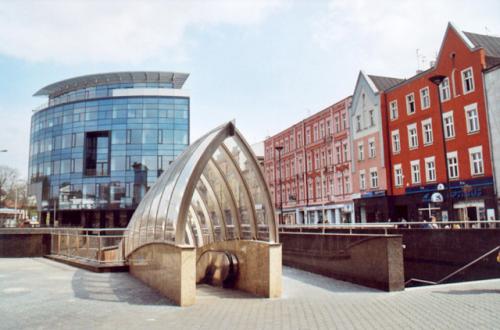
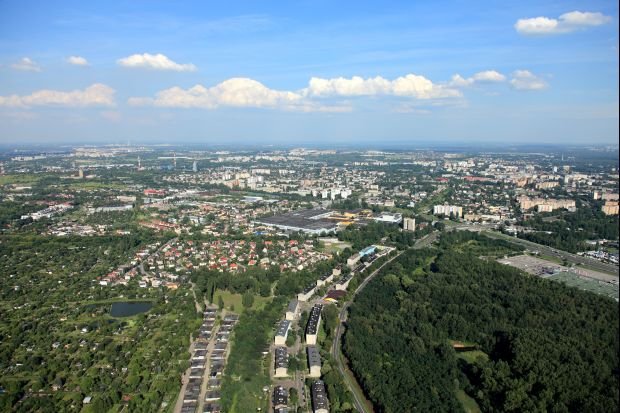
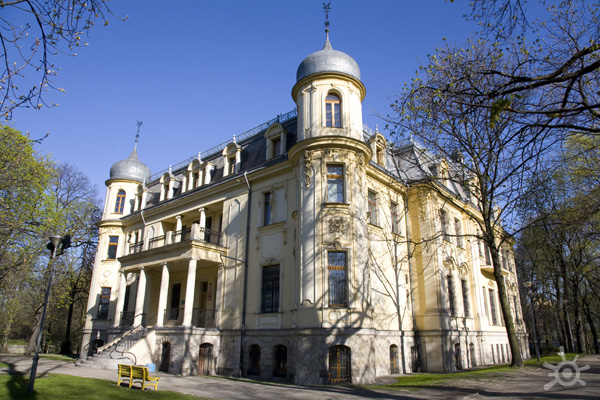
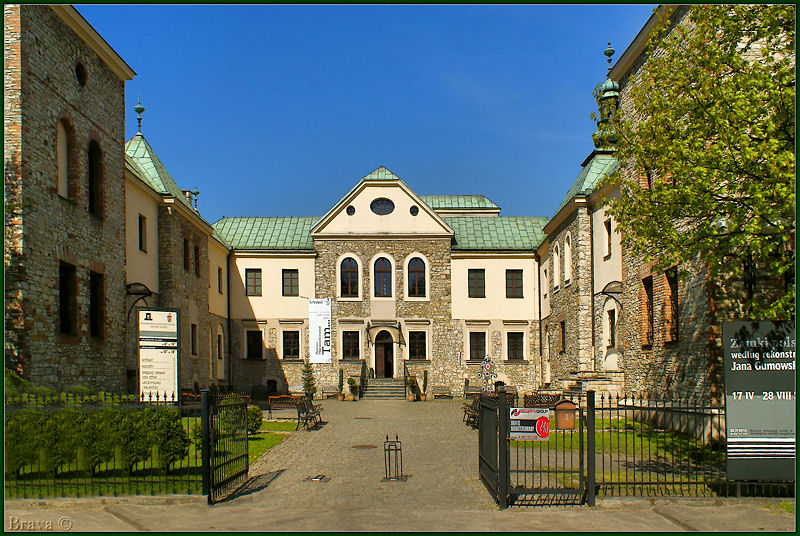
Our school- Primary School no 15 in Sosnowiec
Our school is called Primary School no 15 in Sosnowiec. Our patron is Stefan Żeromski, a famous Polish writer. There are about 320 pupils in the age from 5 to 12. We have kindergardens and grade from one to six. Our school has got great traditions.It was built in 1928. Many famous people studied in our school. Most of them are still in contact with their alma mater.
In front of our school we there is a playground, where 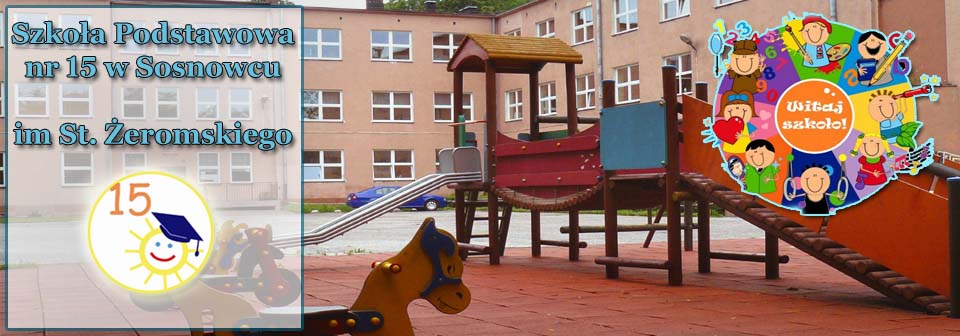 children can spend their time together having fun. There is also a playground, where we can play ball games. There are two gyms in our school nad a playroom for younger kids.
children can spend their time together having fun. There is also a playground, where we can play ball games. There are two gyms in our school nad a playroom for younger kids.
On our school area there is also a memorial plate, dedicated the unnamed soldier from II World War. In our National Anniversary of Independance we have special celebration and put lights and flowers on it.
There are many interesting places- tuck shop conducted by pupils with help of teachers. Almost every year we win a national competition for the best student cooperative. We have also a school museum. Our exhibitions was made by teachers, pupils and citizens of our district. There are informations about history of our school and town, our patron. There are also showpieces related with mining industry and everyday lives in the beginning of the last century.
We have plenty of school organisations, where we can widen our skills and abilities. For example we can work in our Student Cooperation, join Scouting Association, European Club, Regional Classes, Journalistic Club. In our school there are many celebrations, competitions, so we can express ourselves in almost every way. We organize Family Festival in May, when we can have fun with our families and people from our district. Our school is not very big, but it’s nice and friendly.